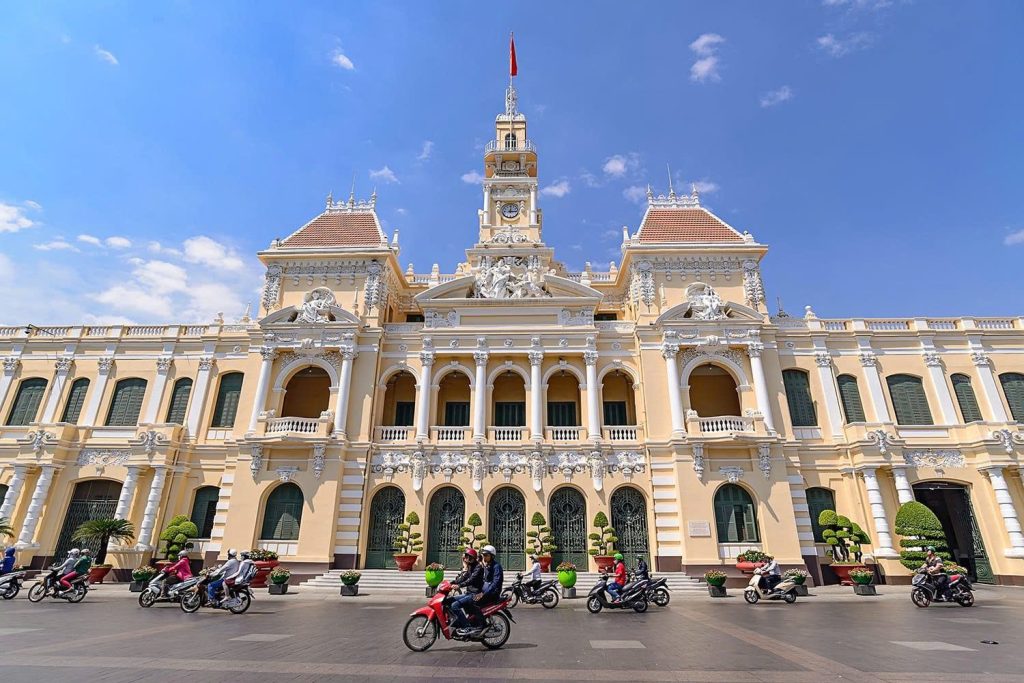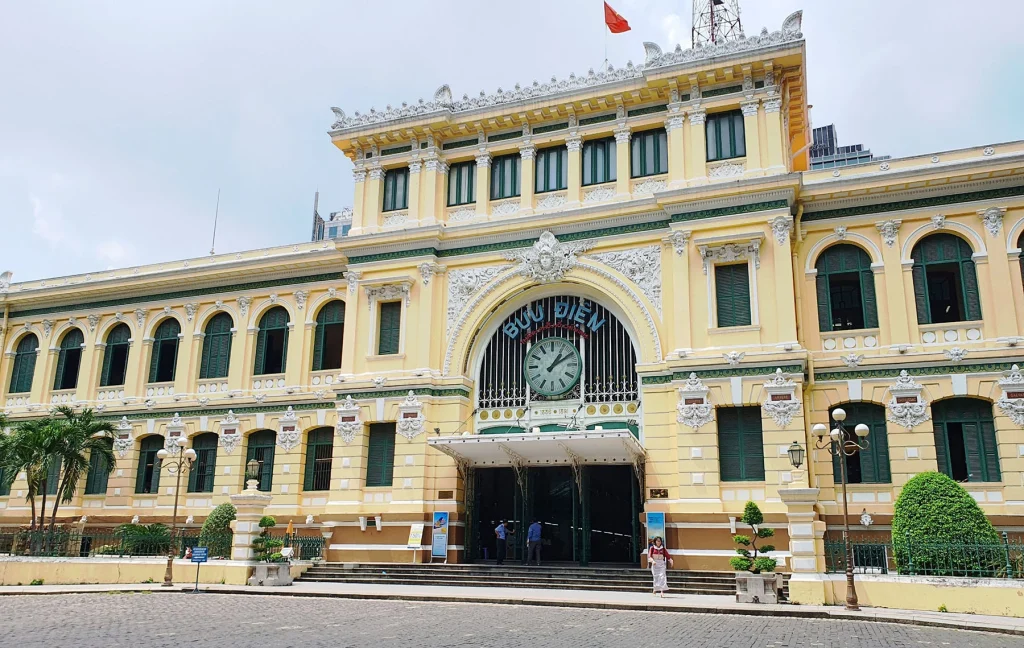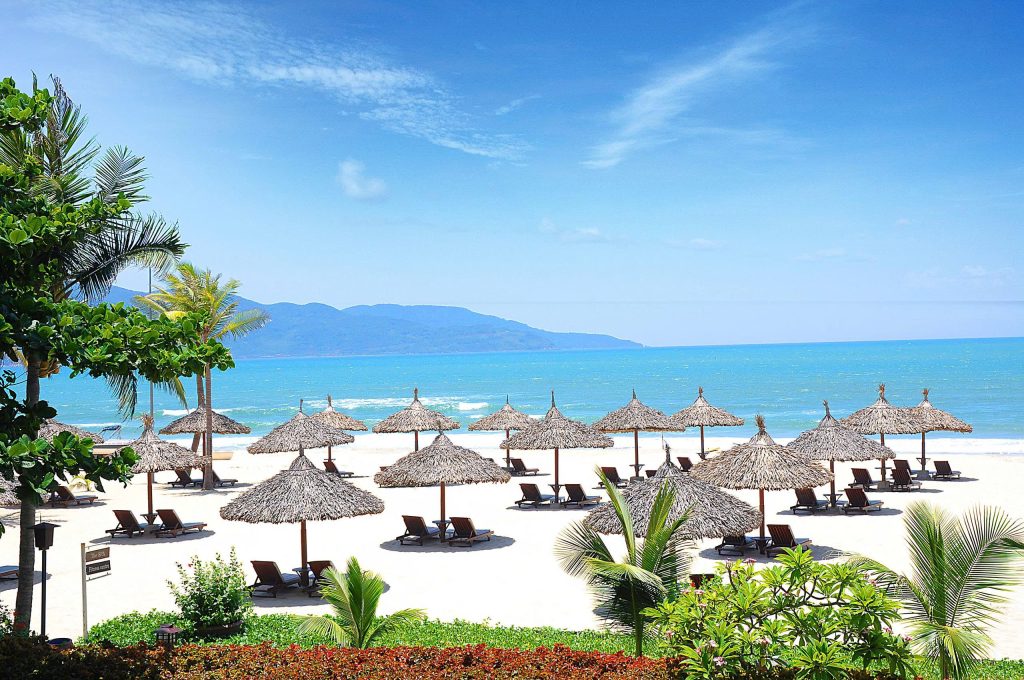Traveling by train from Hanoi to Da Nang offers a unique and memorable experience, allowing you to witness the breathtaking landscapes of Vietnam while enjoying a comfortable journey. This guide will provide you with all the essential information to plan your perfect train trip, from understanding schedules and costs to booking tickets and what to expect on board.
Why Choose the Train for Your Hanoi to Da Nang Journey?
While flights offer speed and buses provide flexibility, the Vietnam Railways train journey between Hanoi and Da Nang presents several compelling advantages:
- Scenic Beauty: The railway line, especially the famous Reunification Express, offers stunning views of Vietnam’s countryside, including lush rice paddies, coastal lines, and the majestic Hai Van Pass. This is an experience in itself, often cited as one of the most beautiful train rides in the world.
- Comfort and Space: Unlike cramped buses or short flights, trains offer more legroom, the ability to walk around, and various seating/sleeping options to suit your comfort needs.
- Authentic Experience: Traveling by train provides a deeper immersion into local life and culture, allowing you to observe daily life as you pass through towns and villages.
- Cost-Effective: Often more affordable than flights, especially if booked in advance.
- Reduced Stress: Avoid airport security lines and potential flight delays, and simply relax as you travel directly from city center to city center.
Understanding the Hanoi to Da Nang Train Route

The distance from Hanoi to Da Nang by train is approximately 791 kilometers (491 miles). The journey typically takes between 15 to 17 hours, depending on the specific train service and number of stops.
Most trains depart from Hanoi Railway Station (Ga Hà Nội), located at 120 Le Duan Street, Hoan Kiem District. Upon arrival in Da Nang, you will disembark at Da Nang Railway Station (Ga Đà Nẵng), conveniently situated in the city center at 791 Hai Phong Street.
RELATED: Da Nang Travel 3 Days 2 Nights Journey
Train Schedules and Popular Services
Vietnam Railways operates several daily train services connecting Hanoi and Da Nang. The most popular are the Reunification Express trains, identifiable by their “SE” (South-East) prefix.

Here’s a general overview of popular trains (always check the latest schedules as they can change):
- SE1 & SE3 (Express Trains): These are generally the fastest and most popular trains, offering a good balance of speed and comfort. They typically depart in the evening, allowing you to sleep through most of the journey and arrive in Da Nang in the morning.
- SE5 & SE7 (Slower Express Trains): These trains might take slightly longer but still offer a comfortable journey and similar amenities.
- SE19 (Night Train/Tourist Train): Sometimes referred to as a “tourist train” or having special carriages, this service is specifically designed for overnight travel, focusing on sleeper options.
Train Classes and Fares
Vietnam trains offer various seating and sleeping options to suit different budgets and preferences. Prices vary depending on the train number, class, and time of year (peak season vs. low season).

- Hard Seat (Ghế Cứng): The most basic and cheapest option. Not recommended for long journeys like Hanoi to Da Nang due to limited comfort.
- Soft Seat (Ghế Mềm): More comfortable than hard seats, with padded chairs and air conditioning. Suitable for day journeys, but still challenging for overnight trips.
- Hard Sleeper (Giường Nằm Cứng – 6 Berth Cabin): A compartment with six beds (three bunk beds on each side). The beds are hard, but it’s a decent option for budget-conscious travelers. No privacy.
- Soft Sleeper (Giường Nằm Mềm – 4 Berth Cabin): The most popular and recommended option for overnight journeys. These cabins have four padded beds (two bunk beds on each side) and offer more comfort and privacy.
- VIP/Deluxe Sleeper (Private Cabins): Some trains (like SE19 or tourist-operated carriages) offer private 2-berth cabins, which are essentially a 4-berth cabin booked entirely for two people. These provide the highest level of comfort and privacy.
Estimated Price Range (for a one-way ticket):
- Soft Seat: $25 – $35 USD
- Hard Sleeper: $35 – $45 USD
- Soft Sleeper: $45 – $65 USD
- VIP/Deluxe Sleeper: $100+ USD (for a whole cabin for two)
Note: Prices are indicative and can fluctuate. Booking in advance, especially during peak seasons (e.g., Tet holiday, summer), is crucial to secure your preferred class and price.
How to Book Your Train Tickets

There are several convenient ways to purchase your train tickets from Hanoi to Da Nang:
- Online via Official Vietnam Railways Website:
- The official website is dsvn.vn. This is the most direct way to book. The site has an English interface.
- You can select your departure/arrival stations (Hanoi and Da Nang), date, and train number.
- Choose your preferred class and seat/berth.
- Payment is typically made via international credit/debit cards.
- You will receive an e-ticket that can be printed or shown on your mobile device.
- Through Online Travel Agencies (OTAs):
- Reputable platforms like 12Go.asia, Baolau, or Bookaway offer easy-to-use interfaces, multiple payment options, and often 24/7 customer support.
- They typically charge a small booking fee, but the convenience and reliability are often worth it, especially for first-time travelers to Vietnam.
- Directly at Hanoi Railway Station:
- You can visit the ticket counter at Hanoi Railway Station to purchase tickets in person.
- This option is suitable if you prefer face-to-face interaction or need last-minute tickets (though availability might be limited). Be prepared for potential language barriers.
- Through Local Travel Agencies/Hotels:
- Many travel agencies in Hanoi or your hotel reception can assist you with booking train tickets, often for a small commission.
Booking Tips:

- Book in Advance: Especially for sleeper berths and during peak travel seasons (Vietnamese public holidays, summer months), book at least 2-4 weeks ahead.
- Print Your Ticket: While e-tickets are usually accepted, having a printed copy can be helpful, especially if your phone battery dies or you encounter connectivity issues.
- Arrive Early: Aim to arrive at Hanoi Railway Station at least 30-45 minutes before departure to find your platform and carriage without rushing.
RELATED: Motorbike Rental Tips in Da Nang: Your Complete Guide
What to Expect on Board
- Food and Drinks: Most trains have a dining car (Toa ăn) serving simple, local meals (like pho or rice dishes) and snacks. Trolleys also pass through carriages selling drinks, biscuits, and instant noodles. It’s advisable to bring some of your snacks and water.
- Restrooms: Basic restrooms are available on all carriages. While not luxurious, they are functional.
- Luggage: You are allowed to bring reasonable luggage with you, which can be stored under your seat or in the overhead compartments. For larger items, a dedicated luggage area may be available in your carriage.
- Power Outlets: Some newer carriages, especially in soft sleeper cabins, may have power outlets. It’s wise to bring a power bank just in case.
- Air Conditioning: All modern trains are air-conditioned. You might want to bring a light blanket or jacket as it can get chilly.
RELATED: Affordable Beach Resorts in Da Nang
Arriving in Da Nang

Upon arrival at Da Nang Railway Station, you’ll find various transportation options to get to your accommodation or other destinations:
- Taxis: Readily available outside the station. Ensure the meter is used or agree on a price beforehand.
- Ride-Hailing Apps: Xanh SM and Grab (similar to Uber) is widely available and offers both car and motorbike options, often at competitive fixed prices.
- Motorbike Taxis (Xe Om): A cheaper local option, but agree on the price before starting the journey.
- Public Buses: Local bus routes connect the station to various parts of Da Nang city.
RELATED: 20 Unforgettable Things to Do in Da Nang: Your Ultimate Travel Guide
From Da Nang, you can easily explore other popular destinations like Hoi An Ancient Town (about 45 minutes by taxi/Grab) or the My Son Sanctuary.
Traveling by train from Hanoi to Da Nang is more than just a means of transport; it’s an integral part of your Vietnamese adventure. With proper planning and understanding of the options, you can enjoy a comfortable, scenic, and truly memorable journey across this beautiful country.
- 15 Best Off-the-Beaten-Path Destinations in Southeast Asia
- Tourist criticized for drinking offering at a Japanese cemetery
- Temple of Literature: A Journey into Vietnam’s First University
- 10-Day South Korea Itinerary: Seoul, Busan & Gyeongju or Jeonju
- How to Get from Hanoi to Halong Bay: Your Comprehensive Guide

















